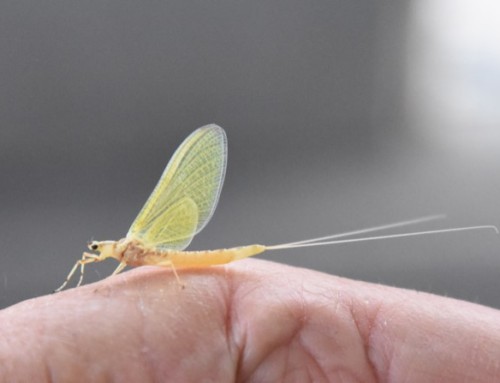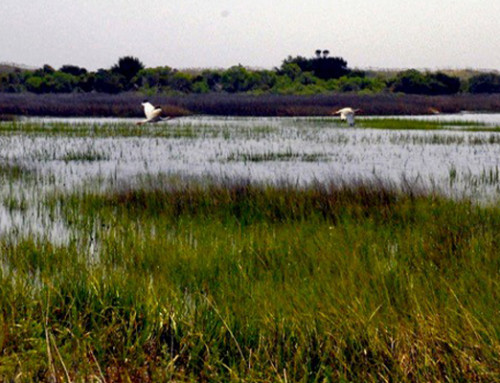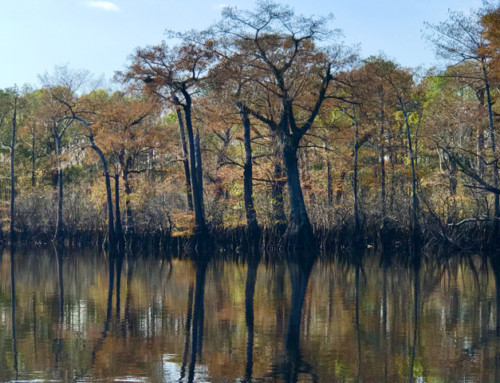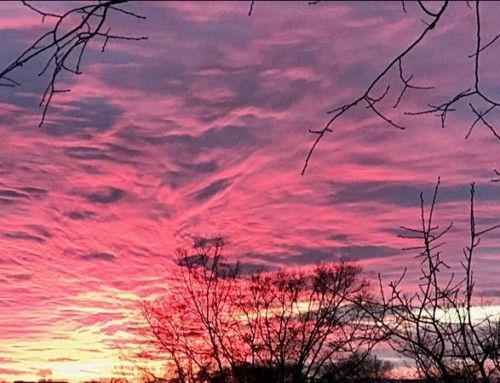A Photo Series from NC photographer and naturalist Tom Earnhardt
Pay Attention
Almost every individual, family, business and arm of government now has concerns and faces challenges that had not even been considered when this year began. After a month of sheltering in place, most of us have abandoned magical thinking and understand that the “new normal” will emerge slowly. The “cure” or a vaccine that will set us free is realistically still months away. Yet, regardless of the challenges and concerns we all confront, I remain optimistic about the future and am buoyed by the courage and kindness I witness each day. This is a time when small gestures, tiny gifts and pleasant surprises mean more than ever.
In difficult times nature does not disappoint and has a way of lifting, surprising and delighting each of us with special revelations. Although I have visited many countries and the wild corners of each of our 100 counties, I am very much a homebody and creature of habit. I like to hike the same trails, go to the same bend in a river or drop my anchor off the same beach. Trips to the mountains, the Sandhills, or a coastal wetland are often planned around expected bird sightings, blooming wildflowers or fishing seasons. In North Carolina, however, I have come to expect the unexpected in the natural world. The rewards can be dramatic, amusing, rare or sublime. Even if I am in the same place for the 10th time, all nature asks of me is that I pay attention!
Beginning in farm ponds and trout streams more than six decades ago, a good day would often turn into a memorable event with the appearance of an unfamiliar fish, a baritone bullfrog, a giant salamander or the sharp slap of a beaver’s tail. It was on the “slow” days, when the fish didn’t bite, that I began to appreciate the myriad wildflowers in North Carolina’s mountains.
Over the years I’ve seen alligators sashaying across country roads, observed bald eagles loitering within city limits, and watched foxes and shy black bears survey urban neighborhoods. On Easter weekend of this year, while watching birds on the feeder in our Raleigh backyard, my family and I finally noticed a grinning possum watching us. These sightings are gifts.
If you also enjoy being poked and prodded by nature, you live in the right place. North Carolina has a diversity of plants and animals that are the envy of most states, and even nations. In recent years most of my fishing and hunting has been with a 35mm camera and long lens. Just like the 12-year-old-me of decades ago I still experience a pleasant jolt on almost every trip outdoors. Each year I make several excursions to the coast to photograph migratory waterfowl and elegant wading birds. Whether I am on Currituck Sound or Pungo Lake, I never have to wait long to be surprised. On trips to watch tundra swans and snow geese, I have rejoiced at the sight of a single trumpeter swan and dancing sandhill cranes in our coastal wetlands…because they were out of place! My winter birding adventures have also rewarded me with snowy owls (from the far North), black bears, playful otters, and even Tar Heel weasels.
With the cold Labrador Current from the north and the warm Gulf Stream from the south colliding off the Capes of the Outer Banks, the North Carolina coast is one of the richest stretches of ocean in the world. Here I have seen seagoing international voyagers—several species of whales, seals, and great turtles (including 10-foot-long leatherbacks at Cape Lookout). Last summer, while on Bogue Sound near Swansboro, a friend and I watched a beautiful manatee, my second in North Carolina waters, entertain for more than an hour. Manatees and whales are not supposed to be on the observation menu in North Carolina, but because of our unique coastal ecosystems, I am no longer astonished, but always thankful.
Earlier, I mentioned that North Carolina‘s natural surprises can take many forms, from the rare, to the dramatic, to the sublime. Here I’m talking about the little things, which I never want to take for granted. One recent April, in Bertie County at the west end of the Albemarle Sound, I was with geologist Stan Riggs looking at ancient shell beds in the sand cliffs of the Albemarle. Suddenly, we noticed some frenzied activity as a family of rough-winged swallows was busy building a summer home/nesting site in the repurposed burrow of a belted kingfisher. Other natural surprises in the sublime category include finding giant caterpillars, the size of a small hot dogs, at Jones Lake State Park. Personally, I also love the simplicity and elegance of giant spiders, like the golden orb weaver. (In deference to arachnophobic family and friends, I will not show any spiders below.)
In the North Carolina mountains the opportunities to have your comfort zones poked, or to be astonished, are always great. I welcome chance encounters with ruffed grouse, bobcats, skunks, wild turkey, and the most exquisite array of wildflowers in North America. Even though I know the times and places to look for Gray’s lily and Heller’s blazing star, finding these rarest of wildflowers is never a certainty, just a gift and reward for persistence.
It’s taken me 800 words to convey what poet Mary Oliver said in only seven words: “Pay attention. Be astonished, Tell about it.“ I was first introduced to these lines by Liz Baird and Mary Ann Britain, both extraordinary science educators at the North Carolina Museum of Natural Sciences, who understood that nature has the power to engage humankind with a delicate wildflower or nest of newly-hatched cardinals.
There is a lot to worry about, but we will sail through this dark storm in the life of our state and nation. In the meantime, survey your backyard and find a new bird, a fat caterpillar or a a grinning possum. When the heavy veil is lifted, support your favorite restaurants and merchants, and make a beeline to a wild place! The more time you spend in nature, the more gifts you will receive. “Pay attention. Be astonished. Tell about it.“
As always, please feel free to share these thoughts and photographs in anyway you see fit.
With thanks to the people who protect us and the stewards who protect the land,
Tom
Gifts come in many forms. The spring I turned 16, I fished the Davidson River near Brevard in mid April. Swimming in the current ahead of me, a 22-inch salamander—an American hellbender—made me forget about fishing (Photo #1)! I didn’t know at the time that this largest species species of North American salamander, and they are found in several North Carolina Rivers.

Several years ago, near Southport while crossing a two-lane bridge I noticed a large alligator in the afternoon sun. It was only after I got home and looked at this image that I noticed the little blue heron standing behind the alligator (Photo #2)—a surprise within a surprise.

On Easter afternoon of this year, I enjoyed the birds on the feeder in my backyard, but enjoyed the possum watching me even more (Photo #3). I’m one of those people who think possums are beautiful animals, and a grinning possum is always a gift!

Even when you’re surrounded by ducks, geese and swans, pay close attention. Nature may try to slip in a special showing of sandhill cranes (Photo #4) or a playful otter (Photo #5).


From early May through summer, whether you are in a powerboat, paddling a kayak or wading, look for unexpected wakes or shapes. You may see an ocean-going turtle or friendly manatee. This 10 to 12 foot manatee called the waters near Swansboro home in the summer of 2019 (Photos #6 and #7)


Rough-winged swallows, like this happy family in Bertie County, sometimes use the old burrows of belted kingfishers (Photo # 8). I’ve always loved the way that swallows dip and dive over the water in search of insects.

I photographed this very large caterpillar (Photo # 9) of an imperial moth eating sassafras leaves at Jones Lake State Park, but it could just as easily be in your yard.

Some wildflowers are extremely rare, and difficult to find even in their usual summer ranges. A bright red, Gray’s Lily (Photo #10) or the regal, Heller’s Blazing Star (Photo #11) are two of the rarest and most beautiful wildflowers in the North Carolina mountains. I always categorize these flowers as both rare and sublime gifts of nature.


If you have bushes or a cluster of vines at your house, you probably have a birds nest. These are baby cardinals expecting food at any moment (Photo #12). Wild baby birds anywhere are a gift.

All photos in this series are by Tom Earnhardt. Narration by Tom Earnhardt except slight editorial corrections






